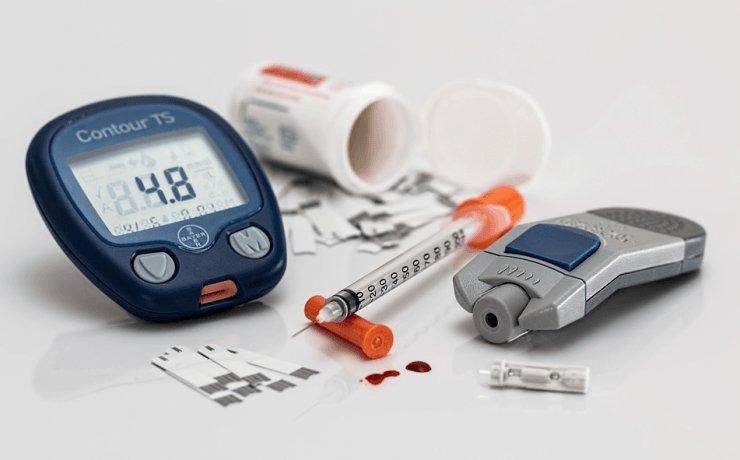In children, the risk of developing different types of diabetes is reversed. 90% of those affected have Type 1 diabetes and 10% have Type 2.
Type 1
Type 1 diabetes occurs when the pancreas can’t produce enough insulin, usually because the special cells that do so have been destroyed by the immune system. There is currently no way to prevent Type 1 juvenile diabetes from developing, but antibody markers can help doctors to predict which children are most at risk of developing it.
Type 2
Type 2 diabetes is becoming more common in children. This is thought to be because of the rise in childhood obesity. Obesity is a factor in 80% of cases of childhood Type 2 diabetes. It’s important for parents to make healthy food choices and encourage their children to develop healthy eating habits, avoiding foods that are high in trans fats as well as foods that are high in sugar.
Risk factors
Around 15% of young people with diabetes have a parent or sibling who also has it. It’s more common in children whose fathers have it than in those whose mothers do. This is mostly due to genetics, with some people predisposed to risk, but lifestyle issues like diet and exercise can also be a factor.

Having cystic fibrosis makes it much more likely that a child will develop diabetes, so children in this group should immediately be tested if they have any juvenile diabetes symptoms. One in five such young people will be diabetic by their 20th birthdays.
Detection and treatment
Around 40% of cases of juvenile diabetes are diagnosed during ordinary medical check-ups, with no clear signs that parents could pick up on being apparent first. This is one of the reasons why it’s important for children to attend their scheduled check-ups.
It’s just as important to carefully manage diabetes symptoms in children as it is in adults. Research has shown that the most effective way to do this is through home-based education, with parents helping their children to make healthy eating choices and resist temptation. Schools also play a role and your child’s teacher should know how to administer insulin in an emergency.












